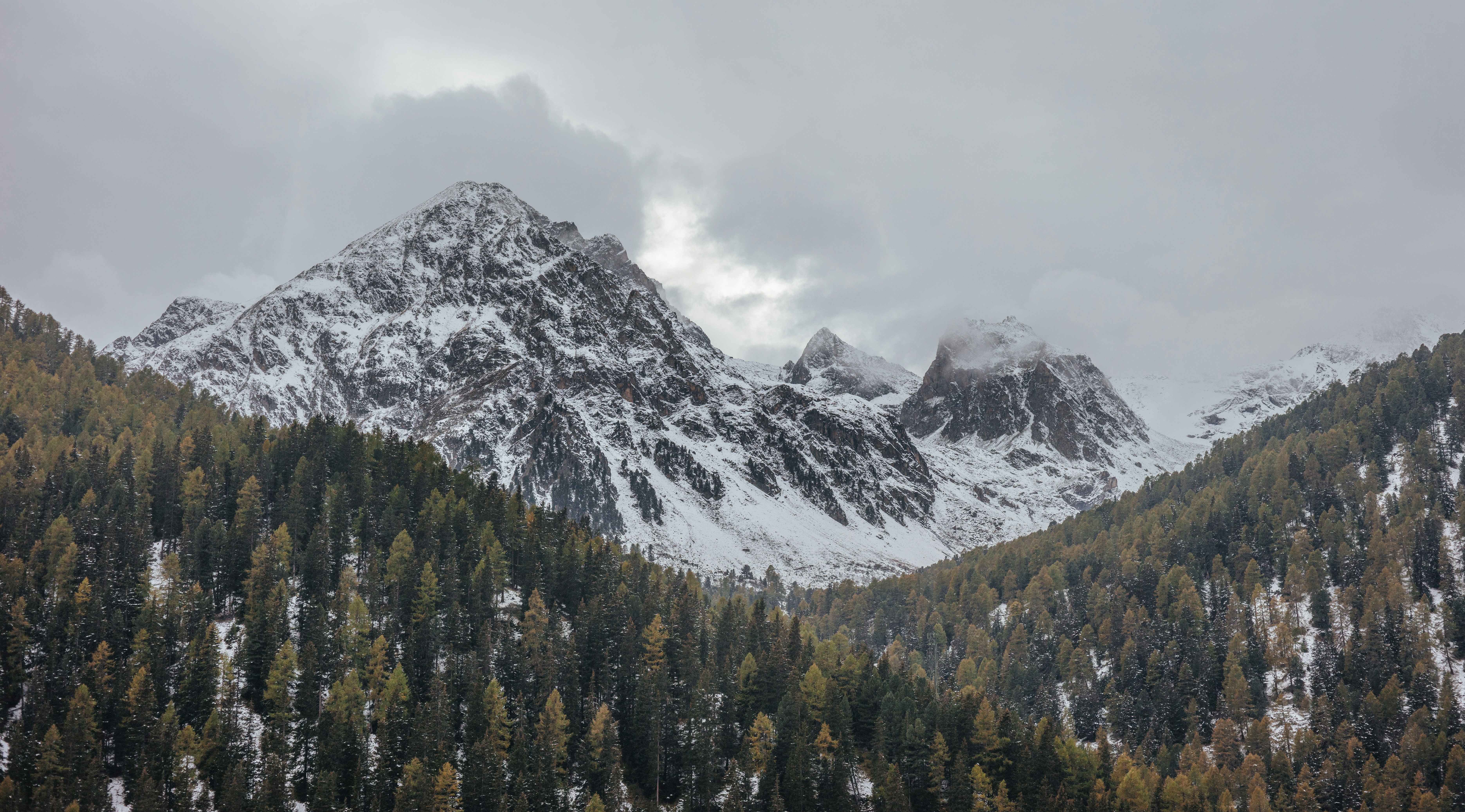Have you ever considered how invigorating and rejuvenating a cold plunge could be for your routine? This practice has been around for centuries, offering a multitude of benefits both physically and mentally. As more people seek to integrate cold plunging into their lifestyles, the need for the right gear becomes essential. You want to ensure your experience is as comfortable and beneficial as possible, which can be achieved with the right equipment. This guide is designed to help you navigate the world of cold plunge gear, so you can make the most out of your chilly adventures.
Understanding the Cold Plunge Experience
Cold plunging involves immersing yourself in cold water, typically between 50°F (10°C) and 59°F (15°C), for short periods. The practice can boost circulation, reduce inflammation, and enhance your mood by triggering the release of endorphins. It’s a therapeutic ritual that can refresh your body and mind, but it comes with its challenges, particularly the shock of cold exposure. That’s where the right gear comes in handy, helping you manage and optimize your cold plunge experience.
Why Gear Matters
Using the appropriate gear isn’t just about comfort—it’s about safety and maximizing the benefits. Without the right equipment, you might find yourself too uncomfortable to reap the many rewards of cold plunging, or worse, exposed to potential health risks. With the right gear, however, you can turn what might be a daunting experience into a revitalizing habit that you look forward to.
Essential Cold Plunge Gear
When it comes to cold plunging, a few essential items can greatly enhance your experience. These aren’t just luxuries—they’re crucial for making your cold plunges safe, effective, and enjoyable.
Insulated Tub or Pool
An insulated tub or pool is one of the first items you might consider. It helps maintain a consistent water temperature, which is vital for an effective cold plunge. Whether you prefer a standalone tub or a pool, insulation ensures your water retains its chill, reducing the need for constantly adding ice.
Benefits of an Insulated Tub or Pool:
- Temperature Control: Keeps water colder for longer, allowing for a more efficient plunge.
- Energy Efficiency: Reduces the need for frequent refills or ice additions, saving you time and resources.
- Longevity: Often more durable and made to withstand outdoor conditions if used outside.
Quality Thermometer
Monitoring the water temperature is essential, especially if you’re trying to maintain specific conditions for health benefits. A quality thermometer helps you keep track and make necessary adjustments.
Choosing a Thermometer:
- Look for waterproof models designed specifically for water temperature readings.
- Digital thermometers can offer quick and precise readings.
- Consider models with easy-to-read displays for convenience.
Water Chiller
For those living in warmer climates or during the hotter months, a water chiller can be invaluable. It ensures your plunge is sufficiently cold even when ambient temperatures rise.
Water Chiller Advantages:
- Maintains desired cold temperatures without constant ice addition.
- Provides consistent results, essential for tracking progress and benefits.
- Can be a long-term investment that pays off in convenience and comfort.
Cold Plunge Timer
Timing your plunge is vital. Overdoing it can be harmful, while underdoing it might compromise benefits. A timer helps you find the right balance.
Features of a Good Timer:
- Waterproof design to avoid damage during splashes.
- Loud alarm for easy hearing even if immersed.
- Pre-set features for favorite timing options.
Clothing and Accessories
Choosing the right clothing and accessories can make your plunge more comfortable and effective. While some prefer minimal clothing, others might find certain garments enhance their experience.
Neoprene Gloves and Socks
These items can be incredibly useful for beginners or those particularly sensitive to cold. They provide insulation to your extremities, which often feel the cold first.
Neoprene Benefits:
- Retain flexibility while providing warmth.
- Allow longer immersion times by reducing extremity discomfort.
- Can also offer better grip in slippery conditions.
Swimwear
Opt for swimwear that facilitates fast drying and retains warmth. Consider materials that are known for quick drying and thermal properties.
Choosing Swimwear:
- Look for thermal qualities if needed for additional warmth.
- Prioritize comfort and fit for unrestricted movement.
- Durable materials withstand repeated exposure to cold and chlorinated water.
Transition Slippers
Post-plunge, you might find the cold ground quite uncomfortable. Transition slippers help ease the cold shock and allow you to move comfortably to a warm environment.
Why Transition Slippers?
- Insulate feet from the cold ground post-plunge.
- Provide grip on wet surfaces.
- Quick-drying and easy to slip on and off enhance their convenience.
Post-Plunge Comfort
Recovery and warming up after your plunge are just as important as the plunge itself. Ensuring you have the right post-plunge gear can make a significant difference in how your body responds and recovers.
High-Quality Towel or Robe
An immediate dry-off is crucial to prevent excess chilling. Choose towels or robes with high water absorption and thermal tips to quickly rid your body of moisture and retain warmth.
Features to Consider:
- Materials like cotton or microfiber for quick absorption.
- Larger sizes for full body coverage.
- Options with hoods can help keep your head warm as well.
Heated Blankets or Pads
These provide a cozy and quick way to restore body heat after your plunge. They’re especially helpful during colder months or if you’re susceptible to maintaining your body temperature.
Considerations for Heated Products:
- Choose models with safety features like auto shut-off.
- Controls for temperature adjustment to your liking.
- Portability for ease of use wherever you plunge.
Hot Beverages
Sipping a hot beverage post-plunge can help in bringing your body temperature up. Whether it’s herbal tea or a hot chocolate, having a warm drink can act as a soothing ritual that enhances your cold plunge routine.
Beverage Ideas:
- Herbal teas, such as chamomile or peppermint, for calming effects.
- Ginger tea for warmth and digestive benefits.
- Classic options like hot chocolate for indulgence and warming sugar boost.
Safety Considerations
Integrating cold plunging into your lifestyle requires an understanding of safety practices. Proper precautions ensure you get the best out of your cold plunges without compromising your well-being.
Understanding Your Limits
Cold plunging can be a shock to the system, so it’s important to listen to your body. Start with shorter durations and gradually increase as your body adjusts.
Signs to Watch For:
- Intense shivering or discomfort indicates it might be time to get out.
- Dizziness or lightheadedness should be taken seriously.
- If in doubt, shorter initial sessions are safer as you build tolerance.
Consulting a Professional
Before making cold plunges a regular part of your routine, especially if you have pre-existing health conditions, consulting with a healthcare professional is advisable. They can provide personalized recommendations based on your health profile.
Buddy System
If possible, partner with someone for mutual support and safety. They can assist you in case of emergencies and also make the experience more enjoyable.
Integrating Cold Plunging with Your Lifestyle
Bringing cold plunging into your daily or weekly routine can be transformative. With the right gear, you’ll not only increase comfort and benefits but also turn your cold plunging into a sustainable lifestyle habit.
Scheduling Plunges
Find a time in your day that allows you to fully engage with the experience without rushing. Morning plunges can energize you for the day ahead, while evening plunges might help with wind-down routines.
Recording Your Progress
Keeping a journal or log to document your cold plunge experiences is valuable. Note how you feel before and after, changes in your mood, sleep patterns, and any physical benefits you observe.
Evolving with Experience
As you grow more accustomed to cold plunging, you might want to tweak your approach—perhaps adjusting the timing, duration, or even the gear you use. Stay open to changes and listen to your body’s feedback.
Conclusion
Integrating cold plunging into your lifestyle can be both challenging and rewarding. By making informed choices on the right gear—from tubs and slippers to timers and gloves—you maximize the benefits while minimizing discomfort. Cold plunging is more than a routine; it’s a commitment to self-care, resilience, and mastering a unique form of therapeutic adventure. Enjoy the invigorating plunge into a refreshed lifestyle, one that braves the cold to nourish your body and spirit.




